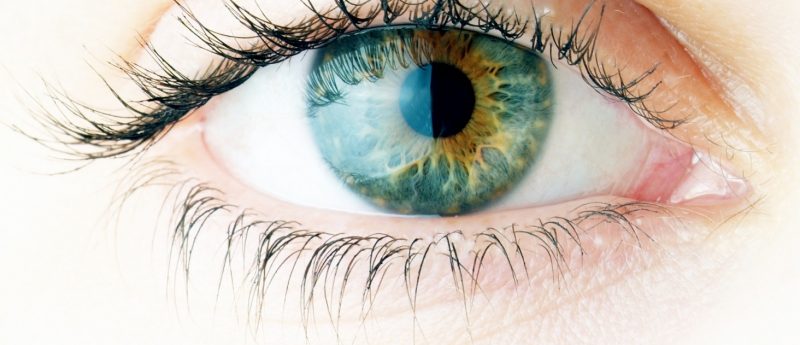Using CRISPR to restore visual function

CRISPR has been shown to be able to reverse retinitis pigmentosa and restore visual function in murine models.
Researchers from the University of California, San Diego School of Medicine and Shiley Eye Institute at University of California, San Diego Health (both CA, USA) along with colleagues from China have used CRISPR to restore visual function in murine models with retinitis pigmentosa (RP). The findings were recently published in Cell Research.
RP is a group of inherited vision disorders caused by numerous mutations in more than 60 genes and affects 1 in 4,000 people worldwide. Rod-specific genetic mutations cause rod photoreceptor cells to dysfunction and degenerate over time which can lead to legal blindness.There is currently no treatment for RP.
The researchers used CRISPR to restore visual function in the murine model by reprogramming mutated rod photoreceptors to become functioning cone photoreceptors. This conversion was caused by deactivating a master switch gene called Nrl and a downstream transcription factor called Nr2e3.
“Cone cells are less vulnerable to the genetic mutations that cause RP,” commented study lead author Kang Zhang (University of California San Diego School of Medicine). “Our strategy was to use gene therapy to make the underlying mutations irrelevant, resulting in the preservation of tissue and vision.”
This approach was assessed in two murine models and in both cases, there was found to be an abundance of reprogrammed cells and the cellular architecture was preserved. Electroretinography of the rod and cone receptors in the treated mice demonstrated improved visual function.
Researchers used adeno-associated virus to perform the gene therapy; the virus is commonly used in human trials and should help the work advance to clinical trials quicker.
“Human clinical trials could be planned soon after completion of preclinical study. There is no treatment for RP so the need is great and pressing. In addition, our approach of reprogramming mutation-sensitive cells to mutation-resistant cells may have broader application to other human diseases, including cancer,” concluded Zhang.
Sources: Zhu J, Ming C, Fu X et al. Gene and mutation independent therapy via CRISPR-Cas9 mediated cellular reprogramming in rod photoreceptors. Cell Res. doi: 10.1038/cr.2017.57 (2017) (Epub ahead of print); http://ucsdnews.ucsd.edu/pressrelease/using_crispr_to_reverse_retinitis_pigmentosa_and_restore_visual_function
Written by Adam Tarring